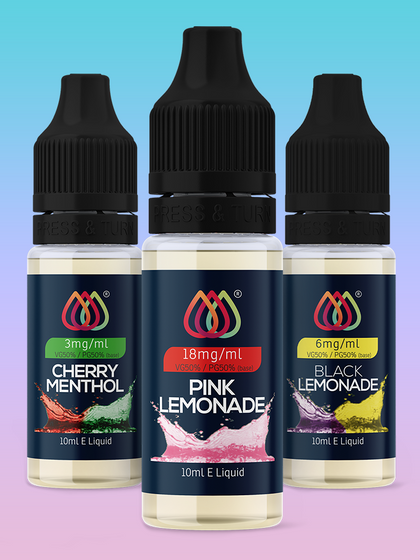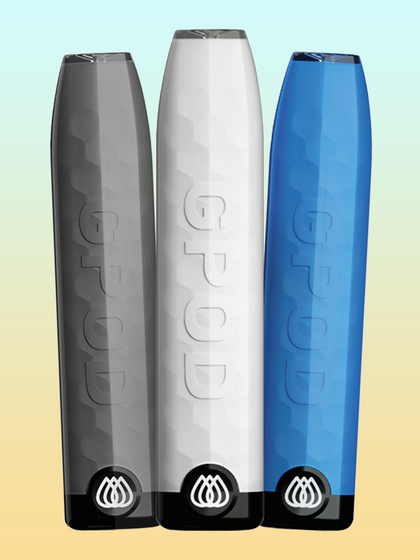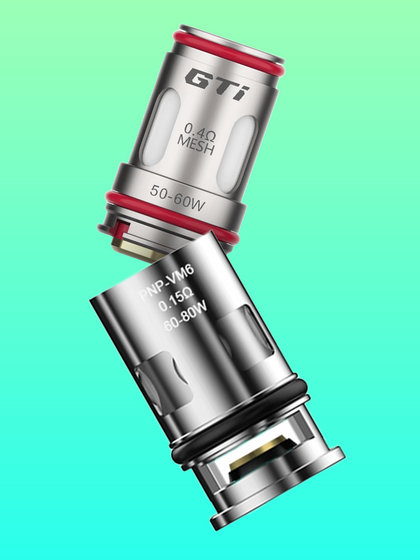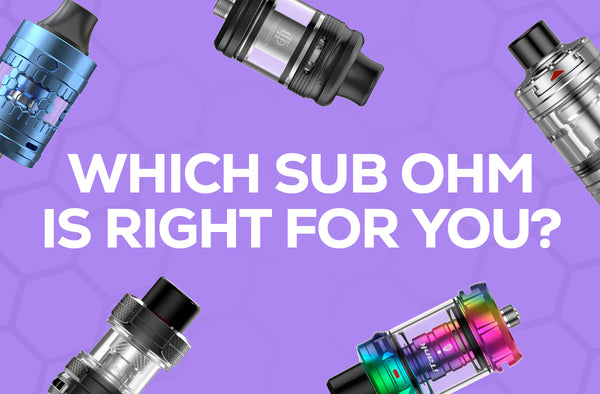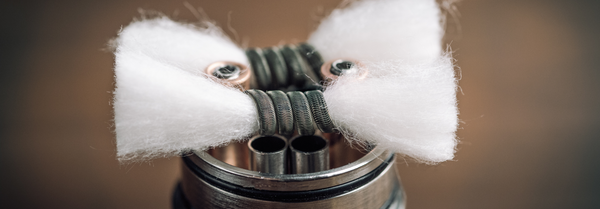How to Clean Vape Coil: Here’s How to Do it the Right Way
May 22, 2023

The question of how to clean vape coil is one we get asked often.
And rightly so.
The coil is one of the many components of a vape device that need a clean-up every once in a while. But unlike a component like the vape tank, cleaning a coil is a bit of a complicated process – for obvious reasons.
We thought we would make a blog post of it for the sake of everyone else wondering how to clean vape coil.
And this is what you need to know…
How to Clean Vape Coil: The Importance of the Vape Coil
Vape coils are a crucial component of every vape device. Along with the battery, coils are one of the most over-tasked components of any vaporiser. They are the part of your atomiser that heats up e-liquid which in turn converts to the vapour you inhale.
But unlike the battery, coils do not last as long. They are delicate and something as minor as the failure to prime your wick (saturating the cotton that surrounds the coil) before vaping could see you burn your coil in seconds. That’s just the way they are built.
For the heavy vaper, a good coil lasts on average two weeks – and that, mind you, is assuming the coil is taken good care of. Through measures like priming, for example. And cleaning, the subject of our blog post today.
It is important that you work with clean coils as they directly determine how much you enjoy your vape experience. A clean coil enhances the flavour of your vape, but the reasons we need to clean them often spill beyond this important point.
As every experienced vaper will tell you, cleaning your coils prolongs their lifespan. By extension, keeping your coils clean means you will keep your overall vaping costs down as you are not forced to make replacements as frequently as you otherwise would.
How to Clean Vape Coil Like a Pro
So, how exactly do you clean vape coils?
Here is how to do it the right way.
- Wipe Clean
Most vapers who make sure to stay on top of their vape maintenance game use a Q-tip or cotton bud to give their coil a quick swab at the end of each day.
Coils used to vape high VG e-liquids in particular can build up gunk fast, double so if the e-liquid in question is high in sugar (that’s most sweet and fruit-based e-liquids) as exposure to heat can caramelise the juice.
It only takes a few minutes to clean off any residue that may have built up during the day before it dries out and hardens on the coil, but it will be few minutes well worth your time. That’s because letting the e-liquid gunk stick on your coils for extended periods is what causes the coils to change colour and eventually burn out.
It would serve you well to make this part of your vaping routine, and if you are one to constantly switch flavours, cleaning your vape coil (and tank) is a must-do if you have no intention of compromising your vape.
Read How to Change E-Liquid Flavours in Your Vape Tank without Leaving Aftertaste
- Soaking your Coils
Soaking your coils provides for a more intensive clean. Question is, what do you soak the coils in – and for how long?
Clear alcohol such as vodka or ethanol is one option (vinegar if you rather). Otherwise you can always opt for warm water.
Soaking your coils overnight should break up any residue on the coils and even get into the little nooks and crannies. If it’s been a while since you swabbed or cleaned your coils, this is a good way to clean them up. If you are in a hurry, though, two hours should do the magic.
In the case of alcohol, vodka is cheaper and more readily available, so you can always opt for that. Plus, it’s not going to leave behind a funny smell in your space if you leave it out in the open for a few hours.
But there’s a caveat to soaking.
Soaking atomisers with their wick still intact makes it harder for the wick to soak up e-liquid next time you use it, even after giving the cotton time to dry. In turn, this decreases the flavour and cloud production too is impacted.
For this reason, if you are going to soak your coils, always make sure to separate them from the wick.
And lastly, when you soak coils in alcohol, always rinse them in cold tap water when you remove them from the solvent prior to use.
They’ll be good as new!
